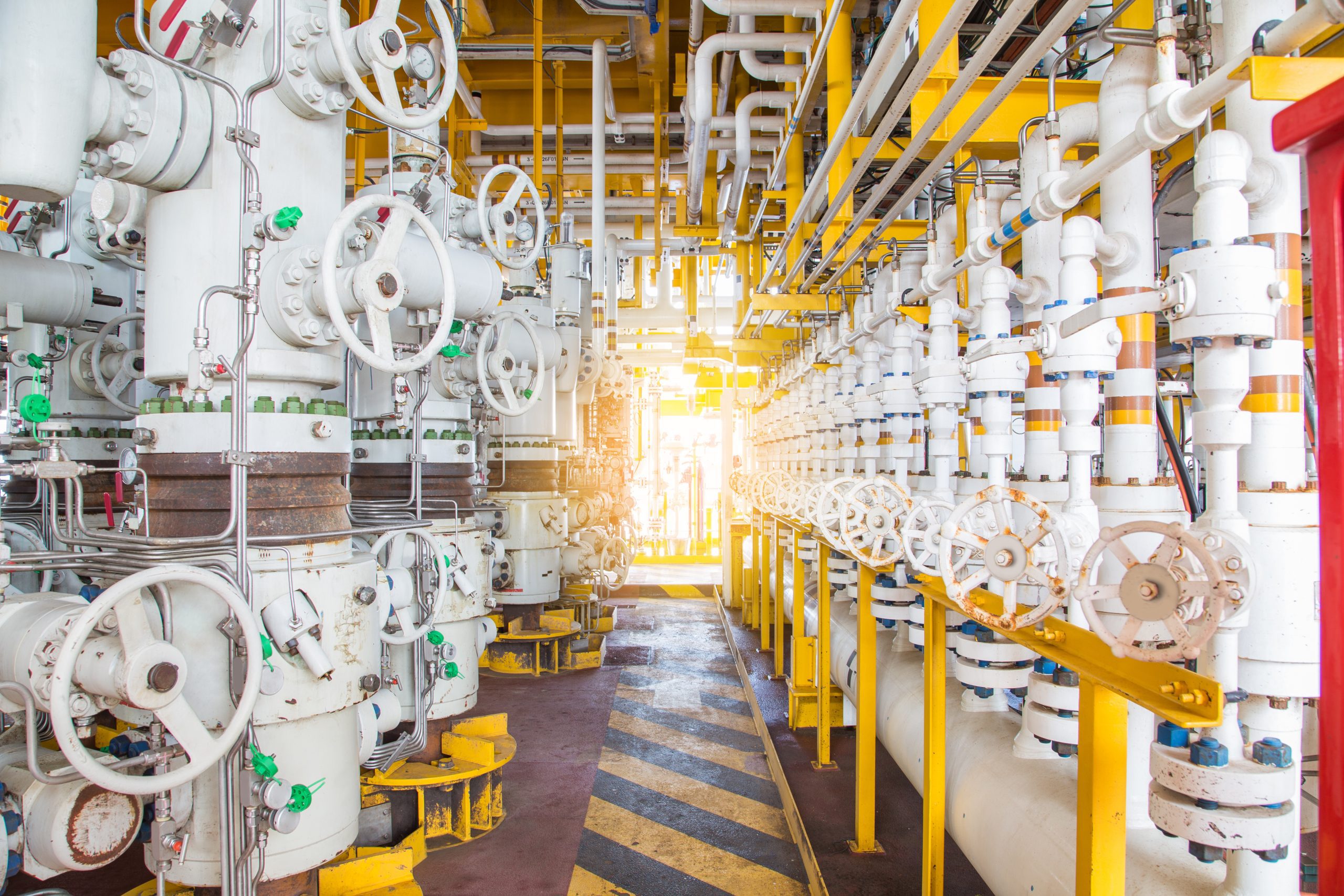Interest in reducing fugitive emissions continues to grow in multiple areas: industry, governments, and the population at large. The topic is also receiving considerable attention amongst scientific circles, with universities, institutes and other authorities undertaking numerous research initiatives. Fugitive Emissions Journal therefore decided to provide a snapshot of recent technical publications. For convenience, the full abstract of each publication is presented separately. The complete article title, journal name and date of publication are also included to facilitate the quick location of each complete article.
By KCI Editorial
Addressing Methane Emissions for India’s Oil and Gas Sectoral Practices
National Academy Science Letters, July 2025
This brief work presents a first-hand perspective regarding mitigating methane emissions and flaring within India’s oil and gas practices. While India does have existing methane reduction initiatives, they predominantly focus on the waste and agricultural sectors. India’s crude oil production has experienced fluctuations over time due to geopolitical factors and the impact of the pandemic.

From 2012 to 2022, our analysis of oil production, flaring volume, and flaring intensity reveals significant trends. During the pre-pandemic period (2012–2019), oil production declined by 15.4%, flaring volume dropped by 37.6%, and flaring intensity decreased by 22.3%. In contrast, the post-pandemic period (2020–2022) saw a smaller decline in oil production (4%), with flaring volume and intensity changing by 4% and 8%, respectively.
These fluctuations are linked to pandemic-related operational disruptions and other factors, including an increase in flaring intensity and high imported flare intensity (5–7 m³/bbl) in 2022. Furthermore, pilot programs, pre-feasibility and feasibility studies as a recommendation should be initiated to establish a foundational framework for future policies addressing methane emissions particularly from the oil and gas sector in India.
Breakthroughs in CH4 Capture Technologies: Key to Reducing Fugitive Methane Emissions in the Energy Sector
Carbon Capture Science & Technology, Dec 2024
A series of negative impacts caused by greenhouse gas emissions have driven mankind to look for a more efficient and economical strategy to reduce emissions. Methane is the second most abundant anthropogenic greenhouse gas, and implementing cost-effective technologies to reduce its emissions is a crucial pathway toward achieving the milestones outlined in the Paris Agreement. The energy sector has a greater potential for methane emission reductions than other sectors, such as (agriculture and waste) with 75% reductions achievable by 2050 using existing technologies. Capturing and utilizing fugitive methane from the energy sector could offset the cost of emission reductions to some extent.
We analyzed existing methane abatement technologies such as leak detection and repair, flaring, technology standards, and methane capture technologies and found that there are well-established solutions for methane leakage at medium and high concentrations. However, capturing methane from low-concentration sources to meet transportation or utilization requirements remains a significant technical challenge, highlighting the need for advances in low-grade methane enrichment technologies. Adsorption technology has been regarded as a promising methodology for methane capture in recent decades due to various advantages such as high flexibility, low capital investment and energy consumption, and a well-established technological framework. This review provides an overview of recent methane emission trends and prevalent methane abatement strategies, offering a brief analysis of the merits and drawbacks associated with existing methane capture technologies for industrial applications.
We analyze the current methane emission reduction policies from major economies and identify a gap between proposed policies and practical actions, suggesting that constructing methane detection systems and developing low-concentration methane capture technologies is a key approach to closing the gap.
Different VOC Species Derived from Fugitive Emissions at Various Altitudes around Petrochemical Plant
Atmospheric Environment: X, January 2024
Volatile organic compounds (VOCs) emitted from fugitive sources are crucial for environmental and health risk assessments. However, monitoring these emissions at ground level, according to traditional technical specifications, has made it challenging to identify polluted air masses and collect purposeful samples.
In this study, we focused on utilizing an unmanned aerial vehicle system to obtain air samples around a petrochemical industrial park. We conducted a quantitative analysis of 108 VOC species and compared the results between aerial and ground-level samples.

The findings indicated a higher presence of reactive compounds in the aerial samples. The sample pairs exhibited relatively homogeneous compositions of hydrocarbons with fewer than eight carbon atoms, suggesting a well-mixed condition for light compounds. Conversely, the aerial samples exclusively exhibited high mixing ratios of C8–C15 compounds, including branched paraffins and aldehydes.
Based on the quantified VOCs, we evaluated the ozone formation potential (OFP) and secondary organic aerosol formation potential (SOAP). The results highlighted aldehydes, alkenes, and aromatics, particularly propanal, 2-butene, m/p-xylene, and benzaldehyde, as priority control compounds. Additionally, the semiquantitative concentrations of these non-quantitative C8–C15 species ranged from 1 to 15 ppbv, with a total content exceeding 150 ppbv, it indicated the significant contribution to ambient secondary pollution.
These results provide valuable insights into the identification of potential emission sources and the assessment of environmental repercussions attributed to these intermediate-volatile organic compounds from fugitive emissions around petrochemical plant.
Validation and Demonstration of a Drone-Based Method for Quantifying Fugitive Methane Emissions
Journal of Environmental Management, January 2025
The development of new measurement methods to assess fugitive methane (CH4) emissions from industrial sources is needed to improve our understanding of these emissions and promote mitigation practices. Drone-based measurement methods have rapidly emerged in the last few years, however, there are still challenges in finding accurate drone-based measurement approaches and assessing their suitability. This study aims to validate and demonstrate a drone-based method that simultaneously measures atmospheric gas concentrations and wind vectors while flying downwind of the emission source.
During the development phase, several tests were performed to ensure that the wind sensor was placed avoiding the majority of downwash and backwash interference. Comparing wind measurements taken at two wind masts and on a mast and a drone produced similar results, thus supporting the reliability of drone-based wind measurements. Moreover, the drone flux method (DFM) was validated by quantifying CH4 emissions from controlled release tests (2.18 or 3.59 kg h−1) and the release mimicked (1) a ground-based single source, (2) a ground-based double source and (3) an elevated single source.
The DFM results had error rates ranging from +33 to −35%. The DFM was further used to assess emissions from a biogas plant, with simultaneous measurements using the tracer gas dispersion method (TDM). During the same time interval, the DFM quantified the biogas plant emitting CH4 at a rate of 25.3 ± 6.2 kg h−1, while the TDM averaged 25.7 ± 4.4 kg h−1. The method expanded uncertainty (95% confidence interval) assessment was 46% for the controlled release test for single flights quantification. By increasing the number of flights, the uncertainty theoretically decreased to 33% and to 27% for averages of 2 or 3 flights, respectively.
Wind sensitivity analysis revealed the importance of assessing wind speed reliably, considering the measured plume height and atmospheric conditions; otherwise, significant errors in the emission determination can occur.
Predictive Modeling for Mitigating Fugitive Emissions in Industrial Valve Seal Stacks: A Comparative Analysis of Configuration Efficacies
Neural Computing and Applications, February 2024
This study investigates the development and application of advanced predictive modeling techniques to address the critical environmental challenge of fugitive emission mitigation in industrial valve seal stacks, specifically in the context of the oil and gas sector. Emphasizing the reduction of greenhouse gas emissions, the research systematically evaluates the effectiveness of multiple seal-stack configurations in minimizing emissions.

The experimental framework utilizes argon gas as a surrogate for methane to simulate real-world scenarios. The research employs a comprehensive suite of predictive models, including advanced statistical and machine learning algorithms such as linear regression, ridge regression, Lasso (least absolute shrinkage and selection operator), MARS (multivariate adaptive regression splines), and elastic net.
These models are rigorously tested to ascertain their predictive accuracy in estimating the emission levels of two different seal-stack arrangements. Each seal stack contains five individual seals of PTFE and AFLAS in different sequences. The MARS model, identified for its superior performance, is then applied to predict the efficacy of various seal-stack configurations against the stringent ISO 15848–1 standards for allowable emission limits.
The results of this comparative analysis offer critical insights into the optimal combination of seal stacks, contributing significantly to the advancement of environmental sustainability practices in industrial applications. This research not only provides a methodological framework for predictive analysis in this domain but also underscores the importance of integrating environmental considerations into industrial design and operation.


